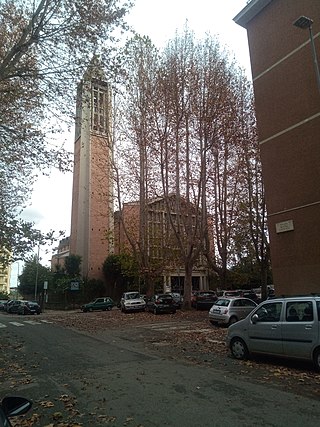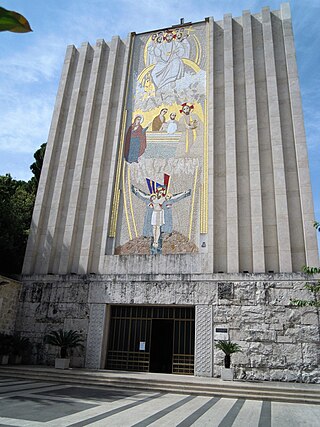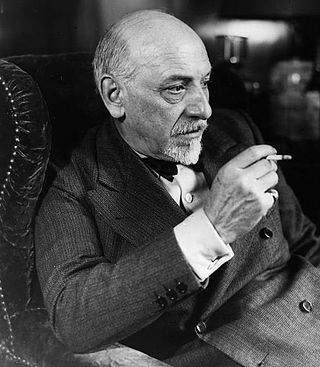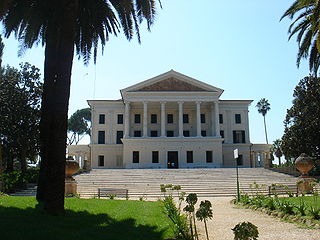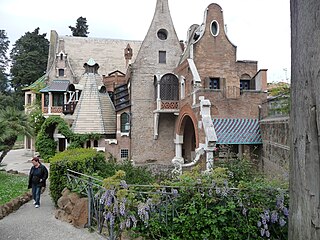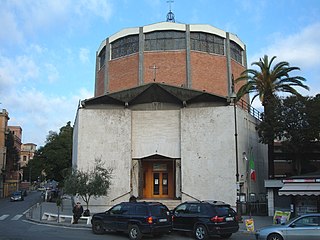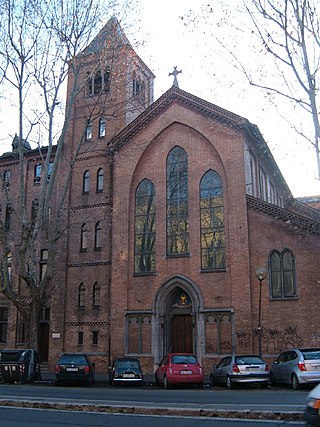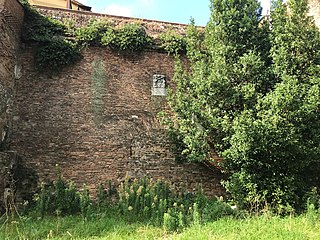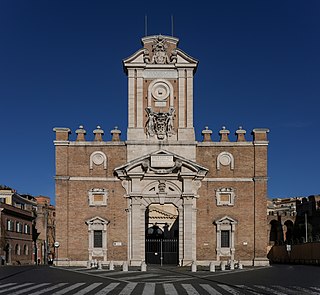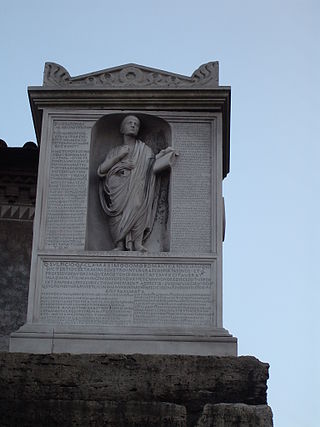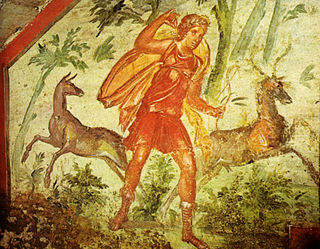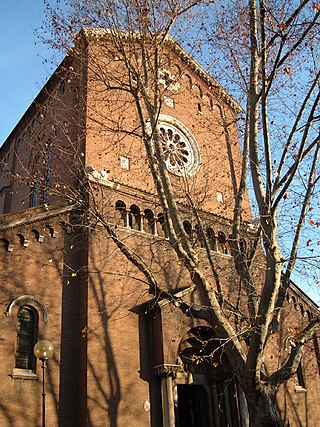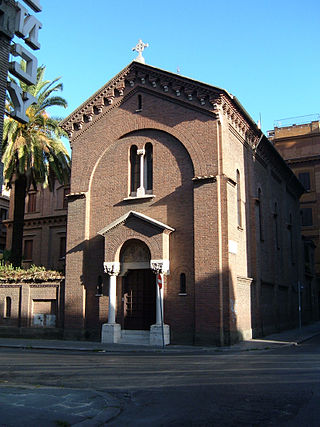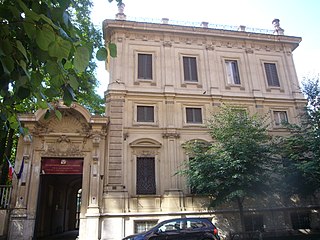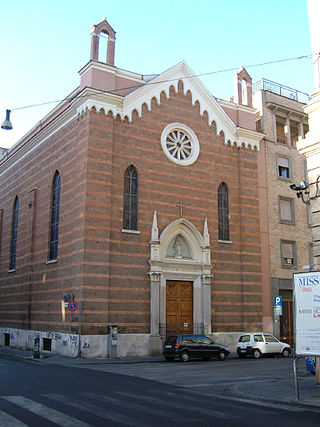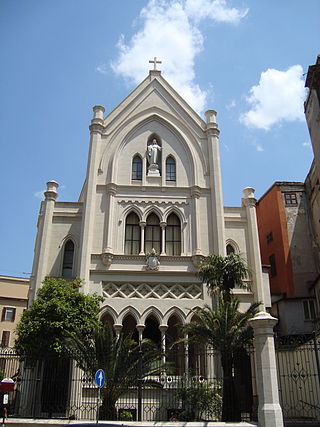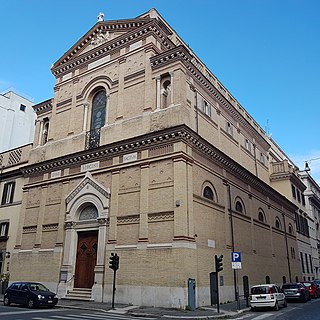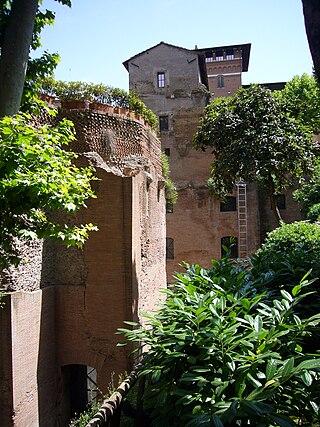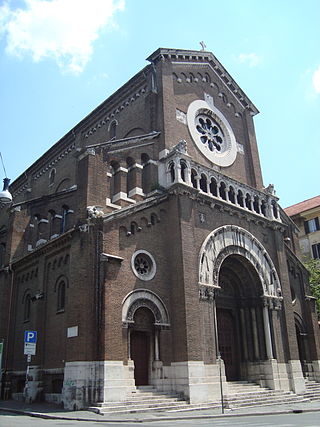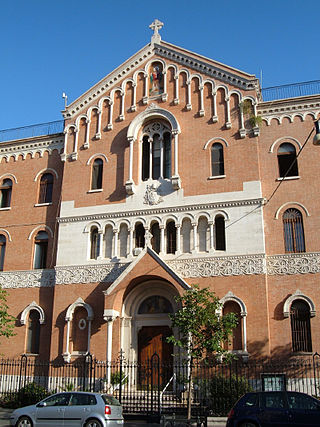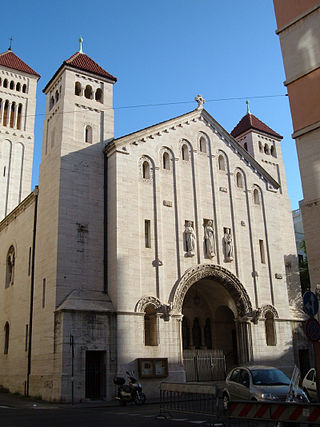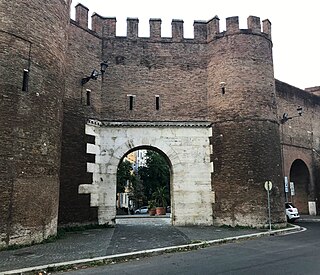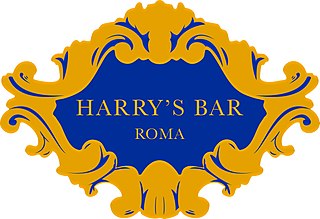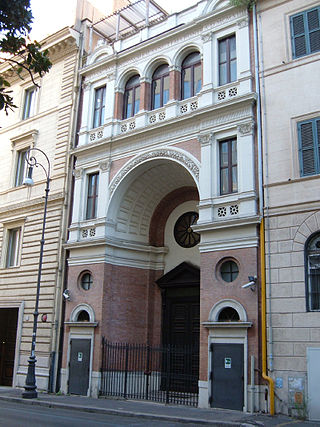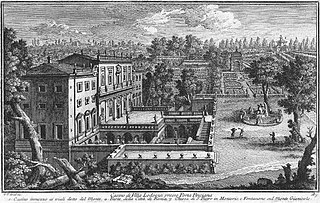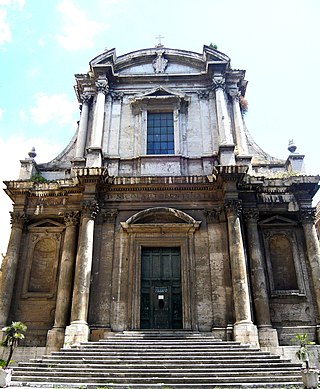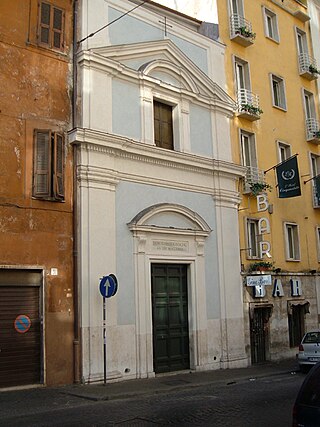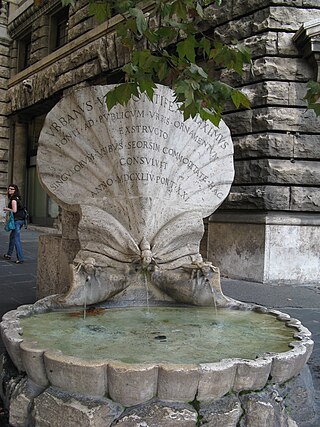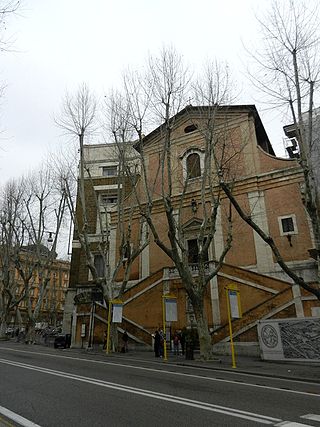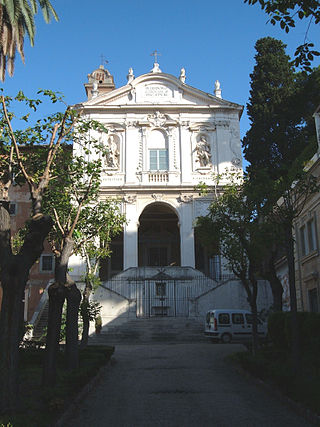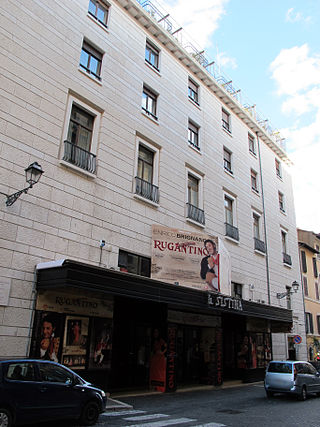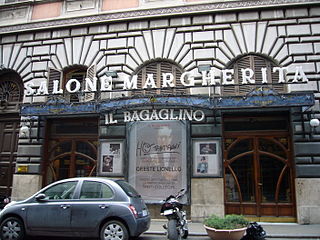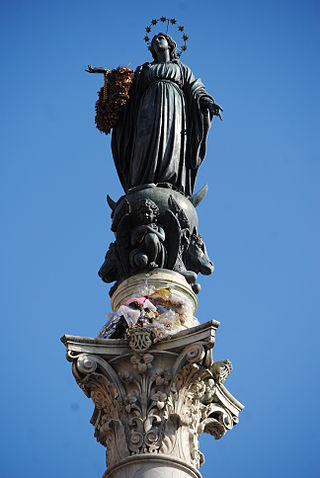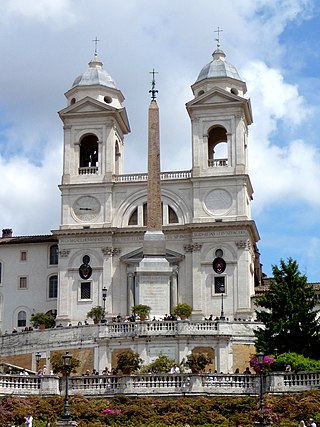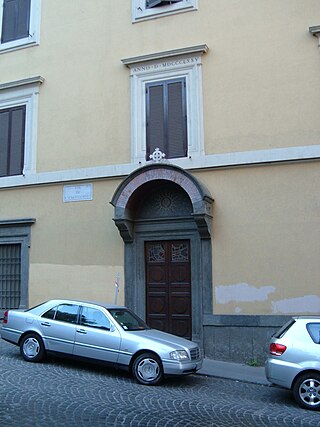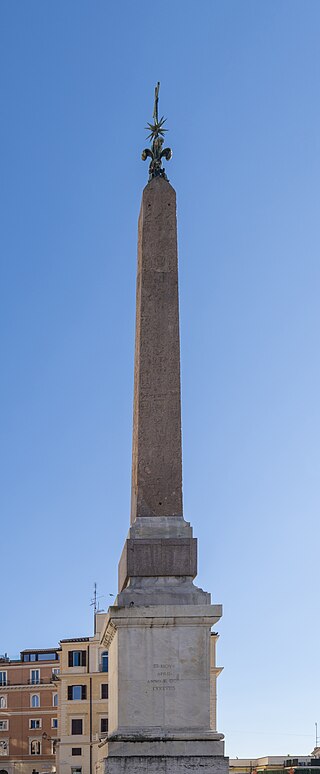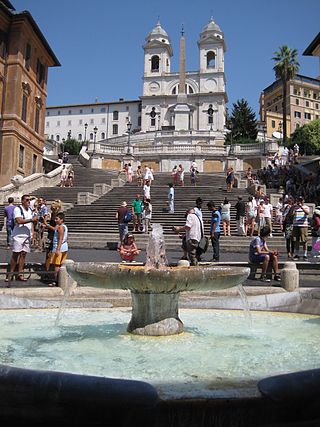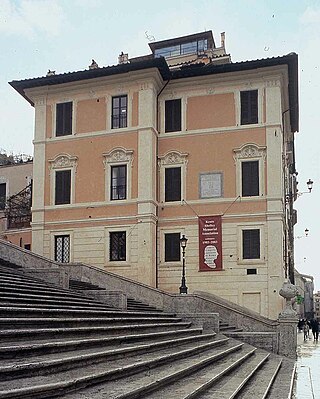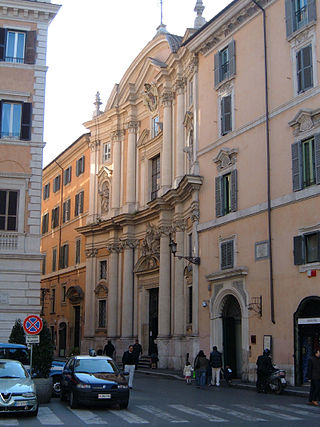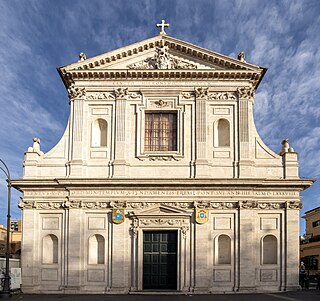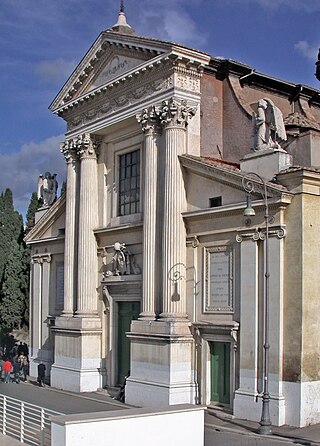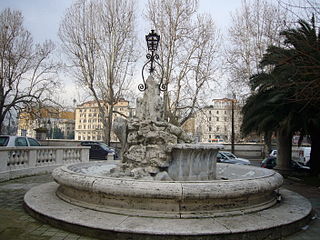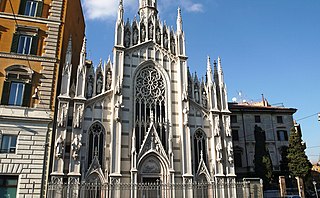Self-guided Sightseeing Tour #15 in Rome, Italy
Legend
Guided Free Walking Tours
Book free guided walking tours in Rome.
Guided Sightseeing Tours
Book guided sightseeing tours and activities in Rome.
Tour Facts
13.9 km
315 m
Experience Rome in Italy in a whole new way with our free self-guided sightseeing tour. This site not only offers you practical information and insider tips, but also a rich variety of activities and sights you shouldn't miss. Whether you love art and culture, want to explore historical sites or simply want to experience the vibrant atmosphere of a lively city - you'll find everything you need for your personal adventure here.
Activities in RomeIndividual Sights in RomeSight 1: Chiesa di San Francesca Cabrini
The church of Santa Francesca Cabrini is a Catholic place of worship in Rome, Italy, the seat of the parish of the same name, in the Nomentano district, in Via della Marsica.
Sight 2: Chiesa di Nostra Signora del Santissimo Sacramento e dei Santi Martiri Canadesi
Nostra Signora del Santissimo Sacramento e dei Santi Martiri Canadesi is the Roman Catholic national church of Canada, located at 46, Via Giovanni Battista de Rossi, Rome.
Wikipedia: Nostra Signora del Santissimo Sacramento e Santi Martiri Canadesi (EN)
Sight 3: Casa Museo di Luigi Pirandello, archivio e biblioteca
The Institute of Pirandellian Studies and Contemporary Theatre is located in Via Antonio Bosio, 13 B - 00161 in Rome.
Sight 4: Casino Nobile
The Casino Nobile or Casino Principale is a building in Villa Torlonia, a villa on Via Nomentana in Rome, Italy.
Sight 5: La Casina delle Civette
The Museum of the Casina delle Civette is a former residence of the Torlonia family transformed into a museum. It is located within the park of Villa Torlonia in Rome. The name derives from the recurring theme of owls inside and outside the house. In the nineteenth century it was known as the Swiss Hut for its rustic appearance similar to that of an alpine hut or a Swiss chalet.
Sight 6: Chiesa dei Santi Sette Fondatori
The Church of the Santi Sette Fondatore is a church in Rome, in the Nomentano district, in Via Bari.
Sight 7: Parrocchia San Giuseppe a Via Nomentana
The church of San Giuseppe in via Nomentana is a church in Rome, in the Nomentano district, in via Nomentana.
Sight 8: Associazione Culturale Castalia Teatro Arcobaleno
The Teatro Arcobaleno is a theater in Rome, Italy, located in the Nomentano district.
Sight 9: MACRO - Museo d'Arte Contemporanea Roma
The Museum of Contemporary Art of Rome, Italian: Museo d'Arte Contemporanea di Roma, usually known as MACRO, is a municipal contemporary art museum in Rome, Italy. The museum is housed in two separate places: a former brewery in Via Nizza, in the Salario quartiere of the city; and a former slaughterhouse in Piazza Orazio Giustiniani, in the quartiere of Testaccio.
Sight 10: Chiesa del Corpus Domini
The Church of Corpus Christi is a Catholic place of worship in Rome, located in the Nomentano district, in Via Nomentana; it is a subsidiary place of worship of the parish of San Giuseppe in Via Nomentana, annexed to the house of the Religious of the Eucharist.
Sight 11: Porta Nomentana
The Porta Nomentana was one of the gates in the Aurelian Walls of Rome, Italy. It is located along viale del Policlinico, around 70 m east of Porta Pia. It is now blocked and merely a boundary wall for the British Embassy.
Sight 12: Porta Pia
Porta Pia was one of the northern gates in the Aurelian Walls of Rome, Italy. One of Pope Pius IV's civic improvements to the city, it is named after him. Situated at the end of a new street, the Via Pia, it was designed by Michelangelo to replace the Porta Nomentana situated several hundred meters southwards, which was closed up at the same time. Construction began in 1561 and ended in 1565, after the artist's death. A 1561 bronze commemorative medal by Gian Federico Bonzagna shows an early plan by Michelangelo, very different from his final design. The façade on the outside of the city was completed in 1869 under the Neo-Classicist design by Virginio Vespignani.
Sight 13: Museo Storico dei Bersaglieri
The Historical Museum of the Bersaglieri is located in Rome inside Porta Pia, created to preserve relics, documentation and memories relating to the campaigns of the Bersaglieri Corps. including the bicycle of Enrico Toti, a cyclist who fell in the First World War and was decorated with a gold medal for military valour. It has a library and a historical archive. From an administrative point of view, it is a military body under the Military Command of the Capital.
Sight 14: Sepolcro del Giovinetto Quinto Sulpicio Massimo
The tomb of Quintus Sulpicius Maximus was found during demolition work on the Porta Salaria in Rome. It was located under the eastern tower of the gate, which, after being severely damaged in a bombardment by Italian troops against the Papal States on 20 April 1870, was to make way for a new building by the architect Virginio Vespignani the following year. A copy of the tomb stands today near where it was found on the corner of Via Piave and Via Sulpicio Massimo in Rome.
Sight 15: Ipogeo di via Livenza
The Hypogeum of Via Livenza is an ancient underground construction located near the current Via Livenza in Rome, north of the Quirinal Hill, not far from the Aurelian walls, where the large salary burial ground was located.
Sight 16: Basilica di Santa Teresa d'Avila
Santa Teresa d'Avila is a minor basilica, titular, and conventual church on the Corso d'Italia in Rome, Italy. It is dedicated to Teresa of Avila and is the church of the General Curia of the Discalced Carmelites.
Sight 17: Chiesa di Santa Maria Regina dei Cuori
The church of Santa Maria Regina dei Cuori is a church in Rome, in the Ludovisi district, in Via Sardegna, on the corner with Via Romagna.
Sight 18: Boncompagni Ludovisi Decorative Art Museum
Boncompagni Ludovisi Decorative Arts Museum, Rome, is the Decorative Arts Museum of the National Gallery of Modern Art of Rome. The Museum is located at Via Boncompagni, 18, near the elegant and historical Via Veneto.
Sight 19: Santissimo Redentore e Santa Francesca Saverio Cabrini
The Church of the Most Holy Redeemer is a church in Rome, in the Ludovisi district, in Via Sicilia.
Wikipedia: Chiesa del Santissimo Redentore e Santa Francesca Saverio Cabrini (IT)
Sight 20: Chiesa del Sacro Cuore di Gesù
The Church of the Sacred Heart of Jesus is a Catholic place of worship in Rome, Italy, located in the Sallustiano district, in Via Piave.
Sight 21: Our Lady of the Rosary and Saint Peter Chanel
The church of Santa Maria del Rosario in Pompeii is a Catholic place of worship in Rome, located in Via Cernaia, in the Castro Pretorio district. It is dedicated to Our Lady of the Rosary of Pompeii.
Sight 22: Horti Sallustiani
The Gardens of Sallust was an ancient Roman estate including a landscaped pleasure garden developed by the historian Sallust in the 1st century BC. It occupied a large area in the northeastern sector of Rome, in what would become Region VI, between the Pincian and Quirinal hills, near the Via Salaria and later Porta Salaria. The modern rione is now known as Sallustiano.
Sight 23: San Camillo de Lellis
The Basilica of San Camillo de Lellis is a church on Via Sallustiana, Rome, Italy. It is dedicated to Saint Camillus de Lellis (1550–1614).
Sight 24: Chiesa di San Patrizio a Villa Ludovisi
San Patrizio a Villa Ludovisi is a Catholic parish, titular church, and national church of the United States in Rome.
Sight 25: Chiesa evangelica luterana
The Christuskirche is a Lutheran Evangelical church in Rome. It was built between 1910 and 1922 under direction of architect Franz Heinrich Schwechten, who also responsible for the Kaiser-Wilhelm-Gedächtniskirche in Berlin.
Sight 26: Porta Pinciana
Porta Pinciana is a gate of the Aurelian Walls in Rome.
Sight 27: Harry's Bar
Harry's Bar Rome is a historic bar and restaurant located on the Via Veneto in Rome, Italy. It gained international fame when it was featured in La Dolce Vita, a film by Federico Fellini.
Sight 28: Chiesa di San Marone
San Marone is a church in Rome located in the Ludovisi rione and dedicated to Saint Maron, a 5th-century Syrian hermit who founded the Maronite Church. It is the national church of the Lebanese Maronite community in the city, with services following the Antiochian Rite in Arabic. The church was built in 1890 based on a design by Andrea Busiri Vici, to serve the neighbouring maronite monastery that, in 1936, was turned into an hotel.
Sight 29: Casino Ludovisi
Casino di Villa Boncompagni Ludovisi is a historical building in Rione Ludovisi, Rome, Italy. The building is located in the former domain Villa Ludovisi.
Sight 30: San Nicola da Tolentino
San Nicola da Tolentino agli Orti Sallustiani is a church in Rome. It is referred to in both Melchiori's and Venuti's guides as San Niccolò di Tolentino, and in the latter it adds the suffix a Capo le Case. It is one of the two Roman national churches of Armenia. The church was built for the Discalced Augustinians in 1599, and originally dedicated to the 13th century Augustinian friar Saint Nicholas of Tolentino.
Wikipedia: San Nicola da Tolentino agli Orti Sallustiani (EN)
Sight 31: San Basilio agli Orti Sallustiani
San Basilio agli Orti Sallustiani is a rectory church in Rome, on via Trevi in the Trevi district. It is dedicated to Saint Basil. The church is a secondary place of worship for the Parish of San Camillo de Lellis.
Sight 32: Fountain of the Bees
Fontana delle Api is a fountain located in the Piazza Barberini in Rome where the Via Veneto enters the piazza. It was sculpted by Gian Lorenzo Bernini and completed in April 1644.
Sight 33: Santa Maria Immacolata a Via Veneto
Santa Maria della Concezione dei Cappuccini is a Roman Catholic church located at Via Vittorio Veneto, 27, just north of the Piazza Barberini, in Rome, Italy. It is the first Roman church dedicated to the Immaculate Conception.
Sight 34: Sant’Isidoro a Capo le Case
Sant'Isidoro a Capo le Case is a Catholic church, monastic complex and college run by the Franciscan Order in the Ludovisi district on the Pincian Hill in Rome. It contains the Cappella Da Sylva, designed by Gian Lorenzo Bernini, who also designed the funerary monument of his son Paolo Valentino Bernini in it. Since 2017 San Patrizio a Villa Ludovisi became the national church of the United States, Sant'Isidoro has become the National Church of Ireland in Rome.
Sight 35: Teatro Sistina
The Teatro Sistina is a theatre in Rome, Italy.
Sight 36: Teatro Salone Margherita
The Salone Margherita is a theater in Rome. Built in 1898 to establish itself as the main café-chantant in the capital, it is one of the greatest examples of Art Nouveau style.
Sight 37: Colonna dell'Immacolata
The Column of the Immaculate Conception is a nineteenth-century monument in central Rome depicting the Blessed Virgin Mary, located in what is called Piazza Mignanelli, towards the south east part of Piazza di Spagna. It was placed aptly in front of the offices of the Palazzo di Propaganda Fide which houses the Congregation for the Evangelization of Peoples, as well as in front of the Spanish embassy as recognition by the pontiff of the defense that this nation has always made of this dogma of faith.
Sight 38: Chiesa di Trinità dei Monti
The Church of Santissima Trinità dei Monti, often called simply Trinità dei Monti, is a Roman Catholic late Renaissance titular church, part of a monastery complex in Rome. It is best known for its position above the Spanish Steps which lead down to the famous Piazza di Spagna. The church is entrusted to the Emmanuel Community, and is one of the five Francophone Catholic churches in Rome.
Sight 39: Chiesa dei Santi Giorgio e Martiri inglesi
San Giorgio e Martiri Inglesi is a Roman Catholic church in Rome, in the rione Campo Marzio on via di San Sebastianello.
Sight 40: Villa Medici
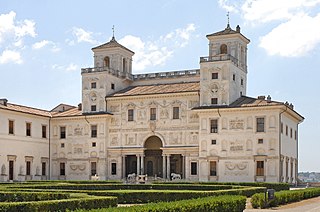
The Villa Medici is a Mannerist villa and an architectural complex with a garden contiguous with the more extensive Borghese gardens, on the Pincian Hill next to Trinità dei Monti in Rome, Italy. The Villa Medici, founded by Ferdinando I de' Medici, Grand Duke of Tuscany and now property of the French State, has housed the French Academy in Rome since 1803. A musical evocation of its garden fountains features in Ottorino Respighi's Fountains of Rome.
Sight 41: Obelisco Sallustiano
The Sallustiano obelisk is an obelisk in Rome located in Piazza della Trinità dei Monti in front of the church of the same name and at the top of the staircase leading to the Spanish Steps, in the Campo Marzio district.
Sight 42: Spanish Steps
Get Ticket*The Spanish Steps in Rome, Italy, climb a steep slope between Piazza di Spagna at the base and Piazza Trinità dei Monti, dominated by the Trinità dei Monti church, at the top.
Sight 43: Keats-Shelley Memorial House
The Keats–Shelley Memorial House is a writer's house museum in Rome, Italy, commemorating the Romantic poets John Keats and Percy Bysshe Shelley. The museum houses one of the world's most extensive collections of memorabilia, letters, manuscripts, and paintings relating to Keats and Shelley, as well as Byron, Wordsworth, Robert Browning, Elizabeth Barrett Browning, Oscar Wilde, and others. It is located on the second floor of the building situated just to the south of the base of the Spanish Steps and east of the Piazza di Spagna.
Sight 44: Fontana della Barcaccia
The Fontana della Barcaccia is a Baroque-style fountain found at the foot of the Spanish Steps in Rome's Piazza di Spagna. Pope Urban VIII commissioned Pietro Bernini in 1623 to build the fountain as part of a prior Papal project to erect a fountain in every major piazza in Rome. The fountain was completed between 1627 and 1629 by Pietro possibly along with the help of his son Gian Lorenzo Bernini, especially after his father's death on August 29, 1629.
Sight 45: Chiesa della Santissima Trinità degli Spagnoli
Santissima Trinità a Via Condotti or Santissima Trinità degli Spagnoli is a church in Rome at the start of via Condotti in the Campo Marzio district. It is one of the national churches of Spain in Rome.
Sight 46: Chiesa di San Girolamo dei Croati
Saint Jerome of the Croats is the national Catholic church of Croatia on Via Tomacelli in the Campus Martius of Rome. It is now a chapel of the Pontifical Croatian College of Saint Jerome in Rome and is only open to visitors by arrangement with the College.
Sight 47: San Rocco all'Augusteo
La Chiesa di San Rocco is a Roman Catholic building that is part of the Parish of Saint Giacomo. The original conjoined building dates from 1499 and is located at 1 Largo San Rocco, Rome.
Sight 48: Fontana del Porto di Ripetta
The fountain of the port of Ripetta is located in Rome, in Piazza del Porto di Ripetta, where it was transferred in the early '900 when, for the enlargement of the banks of the Tiber, the homonymous river port where it was initially located was dismantled.
Sight 49: Sacro Cuore del Suffragio
Sacro Cuore di Gesù in Prati, also known as Sacro Cuore del Suffragio, is a catholic church in the centre of Rome (Italy), rising in the rione Prati, hosting the parish with the same name, entrusted to the Missionaries of the Sacred Heart.
Share
How likely are you to recommend us?
Disclaimer Please be aware of your surroundings and do not enter private property. We are not liable for any damages that occur during the tours.
GPX-Download For navigation apps and GPS devices you can download the tour as a GPX file.
